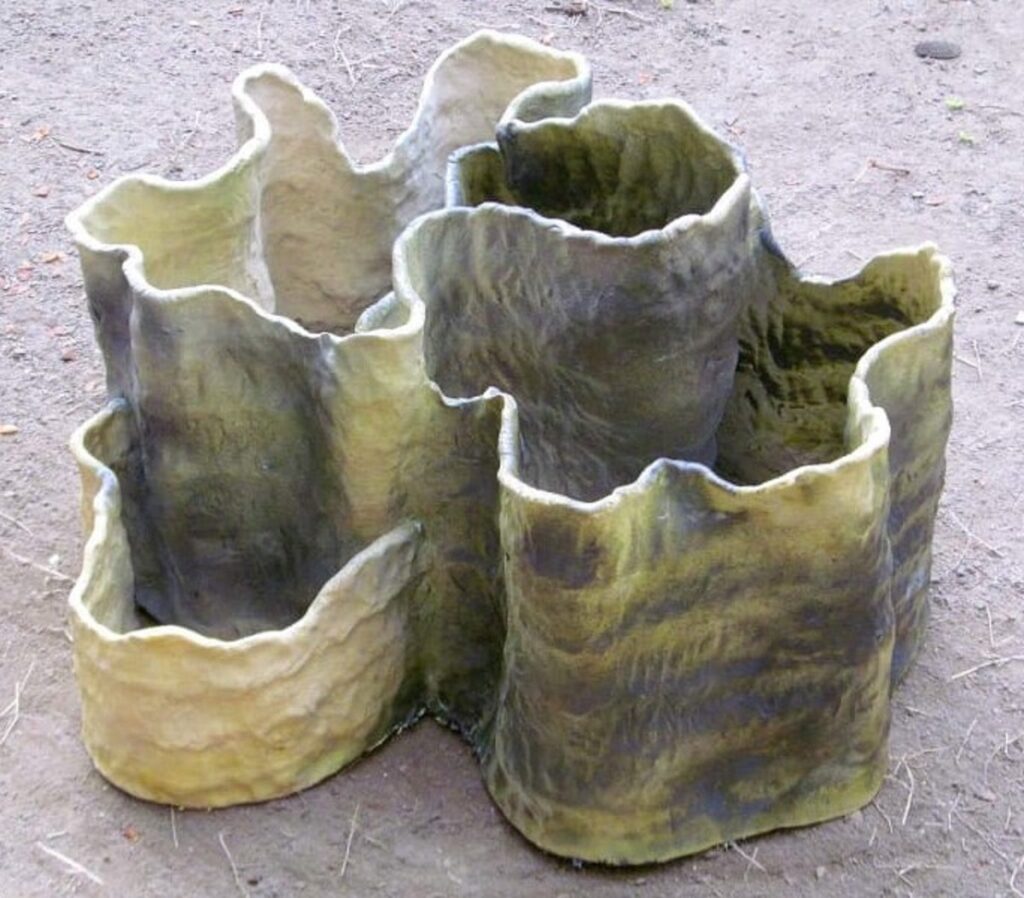
Indian sculptures represent a confluence of spirituality, craftsmanship, and historical narrative—carved into stone, cast in bronze, and shaped through centuries of artistic devotion. From the intricate Chola bronzes to the monumental rock-cut temples of Ellora, these works are more than relics; they are embodiments of India’s philosophical and cultural identity. In a world increasingly shaped by technology and rapid change, revisiting the legacy of Indian sculptures offers not only aesthetic pleasure but also a deeper appreciation of our civilizational values and evolving artistic expressions.
This article explores the historical significance of Indian sculptures, examines their place in the contemporary art landscape, and offers forward-thinking perspectives for collectors, artists, and cultural institutions alike.
The Historical Fabric of Indian Sculptures
Indian sculpture dates back to the Indus Valley Civilization (circa 2500 BCE), where terracotta figurines and the famed bronze “Dancing Girl” hinted at an already sophisticated artistic culture. Over time, sculptural traditions flourished under the patronage of empires like the Mauryas, Guptas, Cholas, and Mughals, each leaving a distinct aesthetic imprint.
Key periods and styles include:
- Mauryan Art (322–185 BCE): Best known for the Ashokan pillars and the polished sandstone Lion Capital, now India’s national emblem.
- Gupta Era (4th–6th century CE): Marked by idealized human forms and spiritual grace, especially evident in Buddhist and Hindu iconography.
- Chola Bronzes (9th–13th century CE): Exemplars of bronze casting and religious devotion, particularly the famed Nataraja figures of Shiva in cosmic dance.
- Medieval Temple Art: Temples like those at Khajuraho and Hoysaleswara showcase eroticism, divinity, and daily life intertwined in elaborate stone carvings.
These sculptures were not created solely for visual appreciation; they served spiritual, didactic, and ritualistic purposes, acting as bridges between the mortal and divine. Understanding this multidimensional role is crucial for any modern engagement with Indian art.
Contemporary Relevance and Revival
Today, Indian sculpture stands at an interesting crossroads. On one hand, global auctions have seen increased demand for ancient Indian statuary, affirming its value as collectible art. On the other, contemporary Indian sculptors are reinterpreting classical themes through modern lenses, exploring social commentary, identity, and abstraction.
The Market for Indian Sculptures
As cultural appreciation for Indian art expands globally, sculptures are increasingly sought after by collectors, museums, and investors. Yet, much of the ancient art market is fraught with issues of provenance and repatriation. It’s imperative that buyers and institutions:
- Verify provenance rigorously before acquiring antiquities.
- Support contemporary sculptors to sustain living traditions.
- Engage ethically with art dealers and auctions to promote transparency.
Contemporary Artists Bridging Tradition and Modernity
Sculptors like Anish Kapoor, though based abroad, reflect India’s enduring influence on global art. Closer to home, artists like Ravinder Reddy and Dhruva Mistry merge traditional forms with contemporary themes, using vibrant palettes and monumental scales. Their works signal a dynamic re-engagement with Indian identity in a modern context.
Art festivals, such as the India Art Fair and Sculpture Park at Madhavendra Palace, are instrumental in elevating sculpture as a mainstream art form, offering exposure to emerging artists and encouraging public engagement.
Actionable Insights for Collectors and Curators
Whether you’re a private collector, curator, or new to the world of Indian art, here are several strategies to make informed, impactful decisions:
- Build a Thematic Collection
Instead of collecting in isolation, focus on themes—spiritual symbolism, regional styles (e.g., South Indian bronzes, Bengal terracottas), or even contemporary reinterpretations. A well-curated theme enhances the educational and cultural value of your collection.
- Invest in Research and Documentation
Every sculpture has a story. Work with art historians or researchers to document origin, period, and significance. Provenance not only ensures authenticity but adds immeasurable value in curatorial and commercial terms.
- Support Living Artists and Workshops
India’s sculptural heritage thrives not only in museums but in local communities—stone carvers in Mahabalipuram, bronze artisans in Swamimalai, and clay modelers in Bengal. Investing in these artisans sustains age-old traditions while giving your collection a meaningful cultural impact.
- Leverage Technology for Preservation and Accessibility
Digital scanning, 3D modeling, and virtual museums are transforming how we experience sculpture. Institutions and collectors alike should explore these tools to archive, exhibit, and educate broader audiences, especially the younger generation.
Sculptures as Cultural Narratives
One of the most underappreciated aspects of Indian sculpture is its storytelling power. These artworks chronicle epics like the Ramayana and Mahabharata, depict cosmic principles, or record historical events. They are, in essence, visual scriptures.
For educators and cultural institutions, this opens up opportunities to integrate sculptures into curricula, exhibitions, and public programs that bridge art, literature, and history. For instance:
- Interactive museum tours that decode mythological motifs.
- Workshops for students on traditional sculpting techniques.
- Storytelling sessions that animate the narratives behind the sculptures.
Forward-Thinking Perspectives
As the world leans into decolonizing museum collections and reviving indigenous arts, Indian sculptures are poised for renewed global recognition—not just as artifacts, but as active cultural agents.
Decolonizing Interpretation
Many Indian sculptures in Western museums are accompanied by interpretations filtered through colonial frameworks. A forward-thinking approach involves re-contextualizing these works from Indian philosophical and aesthetic perspectives, collaborating with scholars from the region of origin.
Climate-Sensitive Preservation
With many outdoor sculptures and temple carvings exposed to environmental degradation, there’s a pressing need for conservation strategies that balance public access with sustainability. Public-private partnerships and grants can play a crucial role in this space.
Inclusion in Urban Design
Cities are increasingly embedding public art into their landscapes. Indian municipalities can integrate traditional and contemporary sculptures into urban planning, enhancing both cultural visibility and aesthetic appeal.
A Call to Rediscover and Reimagine
Indian sculptures are not just masterpieces of stone and metal—they are silent yet eloquent custodians of our collective soul. In appreciating them, we don’t just connect with an artistic past; we engage with philosophical depth, regional diversity, and human creativity.
Whether you are a collector seeking authenticity, a curator promoting inclusivity, or a young artist drawing inspiration—now is the time to engage deeply with Indian sculptures. Let them not remain static exhibits of history, but dynamic inspirations for the present and future.




